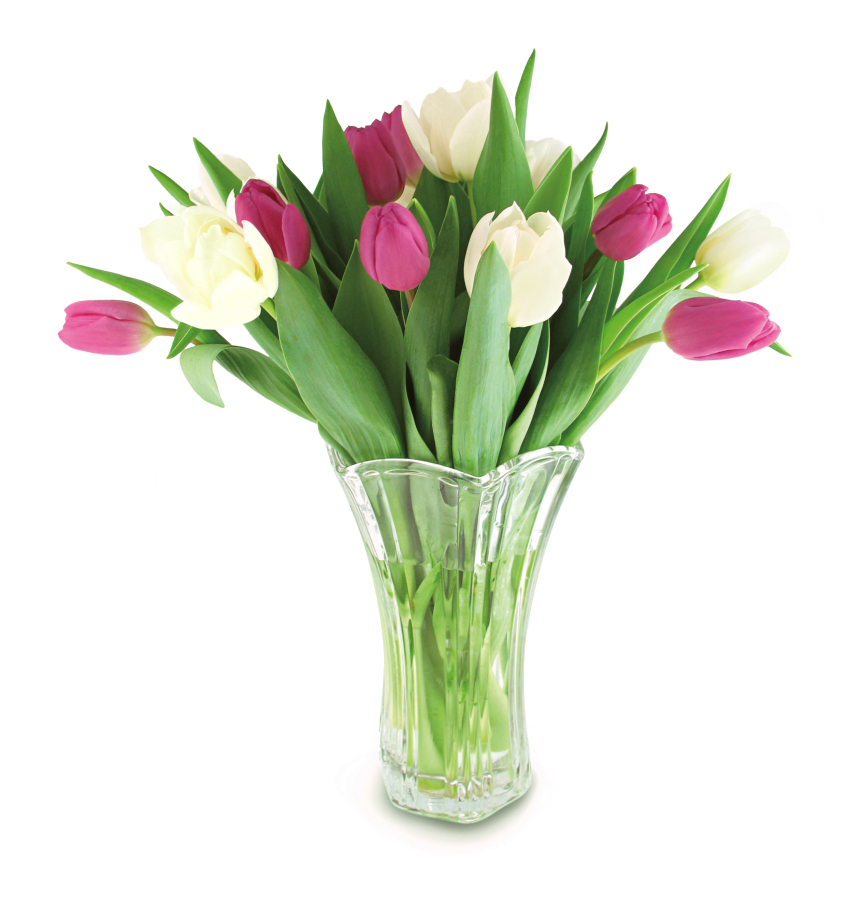LOS ANGELES — The debate over how to take care of flowers probably began as soon as humans started cutting them and displaying them in vessels — enthusiasts have been encouraging people to stick a pin in each tulip stem or throw an aspirin into their vases for years.
Now with spring in full force and Mother’s Day around the corner, TikTok is flooded with videos from florists and flower lovers suggesting different ways to keep bouquets healthy for as long as possible. Some people swear by placing an ice cube, a shot of vodka and a penny dated before 1980 into their tulips’ water. Others endorse “forbidden lemonade” — a mixture of water, sugar, lemon juice and bleach that has been claimed to keep bouquets happy for two weeks. One florist suggests throwing out the flower food that comes with store-bought flowers, and opting instead for a few inches of water and a few drops of vinegar.
With dozens of different suggestions coming from all angles, you may be wondering what’s actually necessary to keep your flowers looking strong and fresh?
I went to the experts. The short answer is that for most flowers, you really just need fresh water in a clean vase. But there are still some things to consider around buying, displaying and tending to your new bouquets to help the blooms last. Here’s what you should know.



